‘Not been in years’: Slow, sad demise of Kmart as last full size US store closes
Kmart is on the verge of death in one of the world’s biggest retail markets. Its demise has been slow and agonising.
ON LONG ISLAND, NEW YORK
An iconic retail giant once known for its wide variety of affordable goods will close its last ever full size store in mainland US - despite its namesake in Australia continuing to thrive.
“I saw mascaras here for $14 and they’re $5 over the road at [TK Maxx],” shopper Vanessa told news.com.au in the aisles of Kmart.
“Closing down and still not competitive,” she added as she wandered off down increasingly barren aisles trying to find something, anything, to put in her basket.
Another shopper was equally brutal.
“I heard that Kmart was finally closing and it’s too bad … but I never used to shop here,” said Steve.
“It wasn’t a well-run store. They never had anything I wanted.”
Comments about Kmart closures may alarm the average Australian shopper. But, worry not, for this isn’t the Kmart Aussies know – it’s the far shabbier Kmart USA, which is no longer connected to the down under version.
No one in the US sets up Kmart hack Facebook groups. No shoppers froth over the cheaper Kmart version of a big brand. It lost its relevance years ago.
Last full size US Kmart to close
This US Kmart discount store is tucked away, somewhat bafflingly, in the millionaire’s enclave of The Hamptons, east of New York City.
It can trace its history back to Illinois in 1899 and the founding of retailer SS Kresge Company. But it was in 1962 that the first Kmart department store opened in Michigan.
Later that decade, SS Kresge and supermarket Coles brought Kmart to Australia. Kmart Australia has been locally owned since 1978.
In the US, Kmart reached a mid-1990s high of more than 2000 stores peppered across cities and suburbs.
But this is the last full size branch left in the mainland USA. And it will close for good this weekend. That’s if it’s not stripped bare of anything worth selling before then.

A smaller Kmart, a shadow of its former self, most of its floor space given over to another retailer, continues to wheeze on in Miami. A handful of stores in overseas US territories like Guam, where there is far less competition, have kept the lights on. Who knows for how long.
But essentially, when The Hamptons’ Kmart locks its doors on Sunday, an icon of US retailing will be over.
Mark Cohen, from New York’s Columbia University Business School, said it was a wonder it lasted this long.
“Management complacency; management incompetence and outright stupidity. Then management malfeasance,” he told news.com.au in a withering assessment.
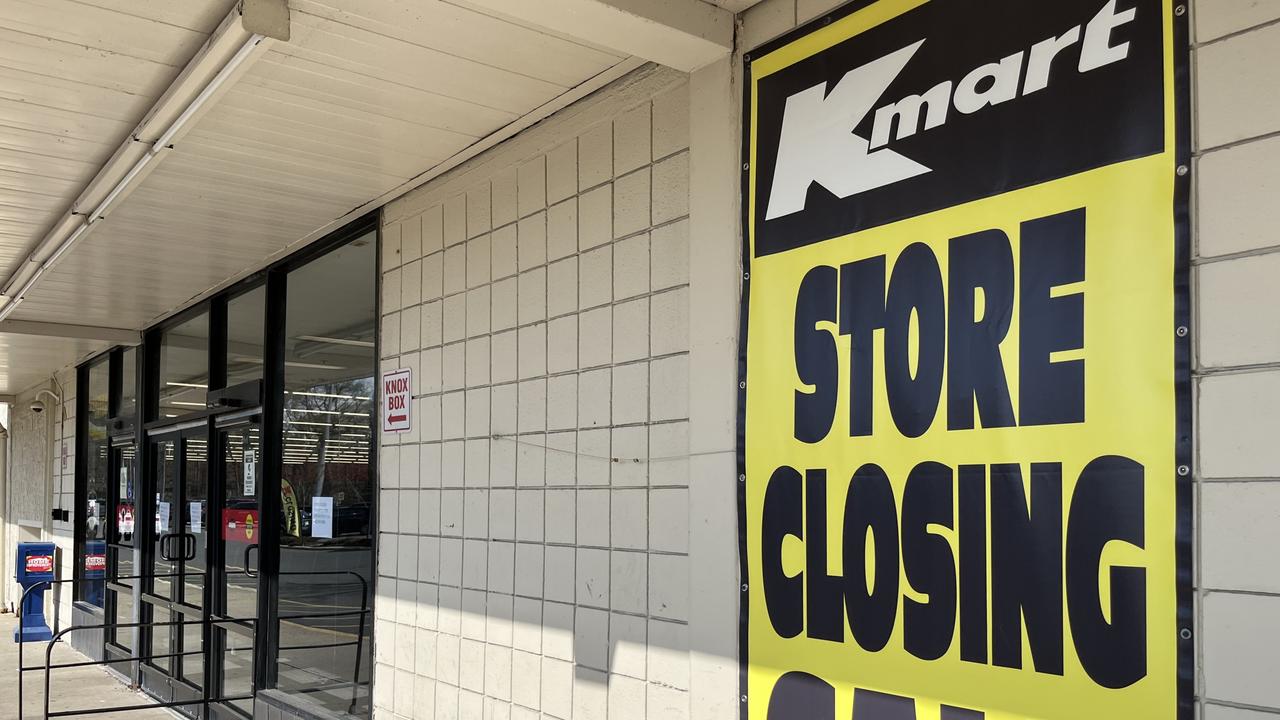
Kmart stripped almost bare
An Australian walking into the last full size US Kmart would see some similarities. For one, it’s a bright white big box store.
But with its dull and uniform aisles and lack of colour, it feels more warehouse than retailer.
You can tell something is off immediately by the announcements on the speaker asking people to maintain a social distance of six feet (about two metres) while browsing.
Given Americans gave up on keeping their distance due to Covid several years ago, the more likely explanation is management just hasn’t bothered to change the recording since then.
At the front of the store are rows upon rows of Christmas decorations and trees, all 70 per cent off. There are still two months until Christmas.


When it came to stock, it was case of feast and famine. In women’s clothing the shelves were almost stripped.
A mannequin, standing forlornly, had been relieved of its clothes. It too was for sale.
Men’s underwear was bare. A few fridges and tables filled a chasm of space. One fridge cost over $1000 – a wild price for a closing down sale in a supposedly cheap store.
Bulky items, like shopping trolleys and jumbo kitchen towels, were spread along shelves to make them less empty.
And yet if you wanted a garden chair, well, there were hundreds to choose from, of all different sizes and colours, stacked like vibrant plastic skyscrapers.
Women’s sweaters, studded with rhinestones, so dowdy that even your granny might wince, were available in all sizes and colours.
Tie dye T-shirts, emblazoned with the words “The Hamptons”, were in abundance. T-shirts that no one in this high income corner of the US would ever be seen dead wearing.
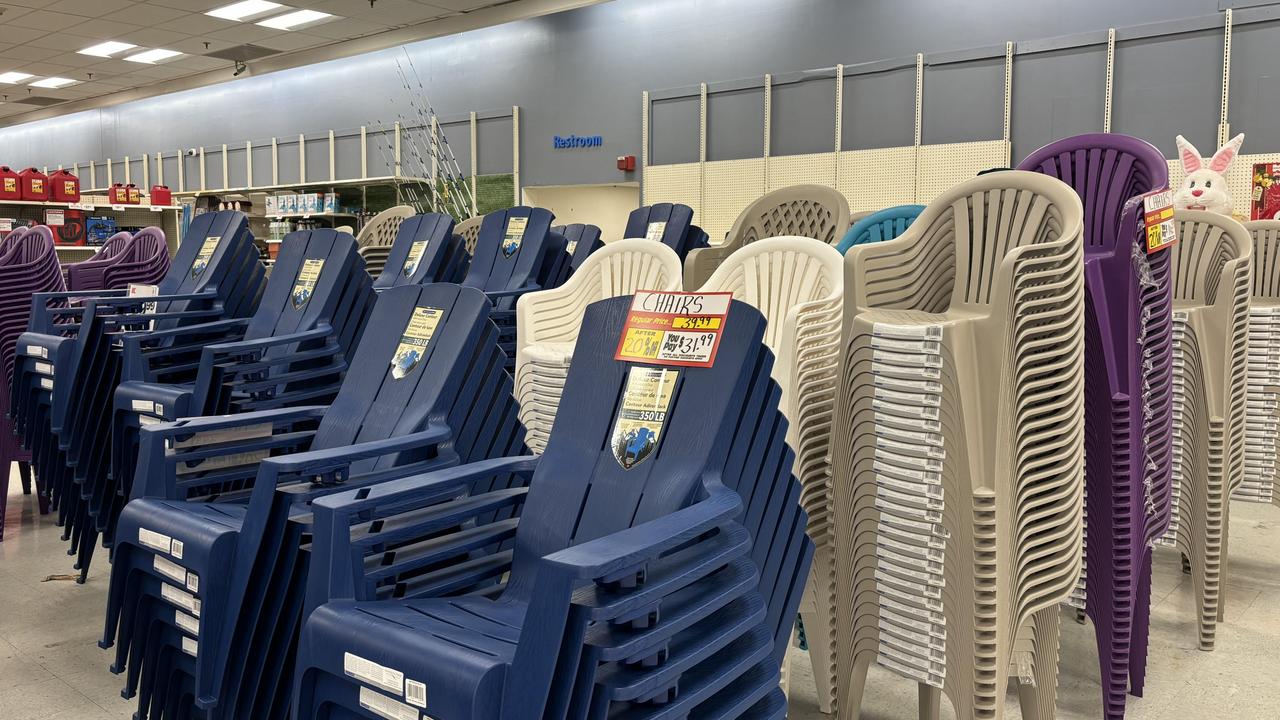

‘Sad, but haven't been to Kmart in years’
“If this is supposed to appeal to fashionistas, we’re in trouble,” chuckled Vanessa, from nearby Southampton, rifling through some clothes in an odds and ends bin.
“There’s no fashion staples here,” she grumbled.
“I came in for my son. He’s upstate where it’s colder, so he needs something a little cosier.
“But I don’t see anything cosy here. Maybe I’ll get some coffee pods instead,” she told news.com.au.
“I was pretty sad to hear Kmart is leaving. Just another good American staple.
“But I haven’t been here for years.”
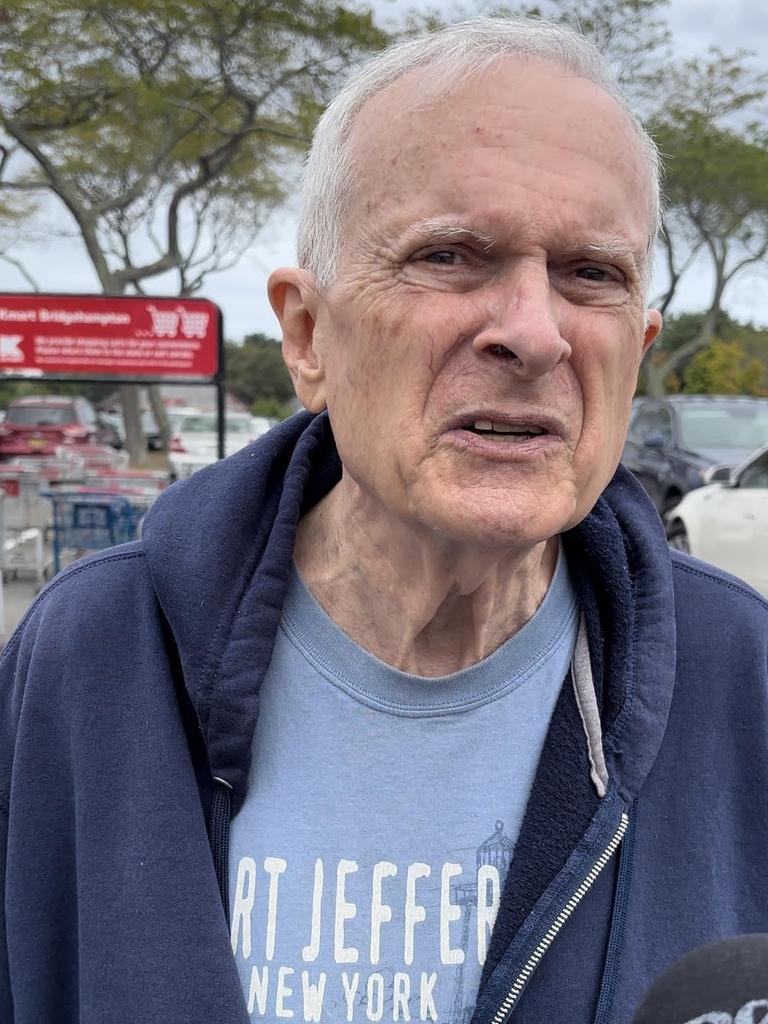
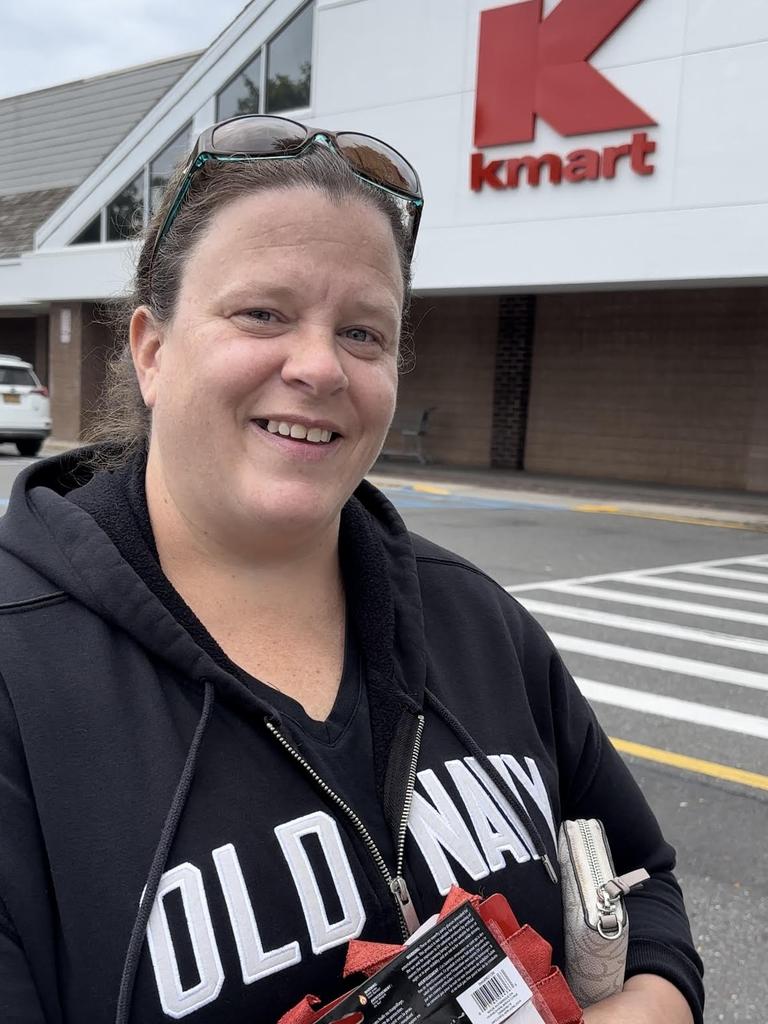
Online shopping had killed Kmart in the US, she said. But also the rise of rivals such as the US Target chain – which also has no relation to Target Australia – and TJ Maxx, as TK Maxx is known in the US.
Diane Schiavoni, who was fruitlessly looking for curtains, agreed with that assessment.
“I feel bad for them. But I was telling my husband this morning that Kmart’s clothes just don’t hold up,” she said.
“When it comes to quality it’s TJ Maxx, then Marshalls and the bottom: Kmart.
“I came in here a few times over Christmas and it was discouraging. You couldn’t find something and there would be nobody there to help you”.

‘No reason for Kmart to disappear’
Columbia’s Mark Cohen doesn’t let Kmart USA off with the competition excuse.
“Kmart’s demise began long ago, well before the existence of Amazon and the ascendancy of TJ Maxx and Marshalls,” he told news.com.au.
Its downfall has been long, painful and sad to see. Competitors outpriced and outsmarted it.
In 2005 it merged with another struggling iconic US retailer, Sears. In 2019, it went private, brought out by billionaire Eddie Lampert, who was already CEO of the group
Accusations of asset stripping were rife and, bit by agonising bit, the stores were closed down.
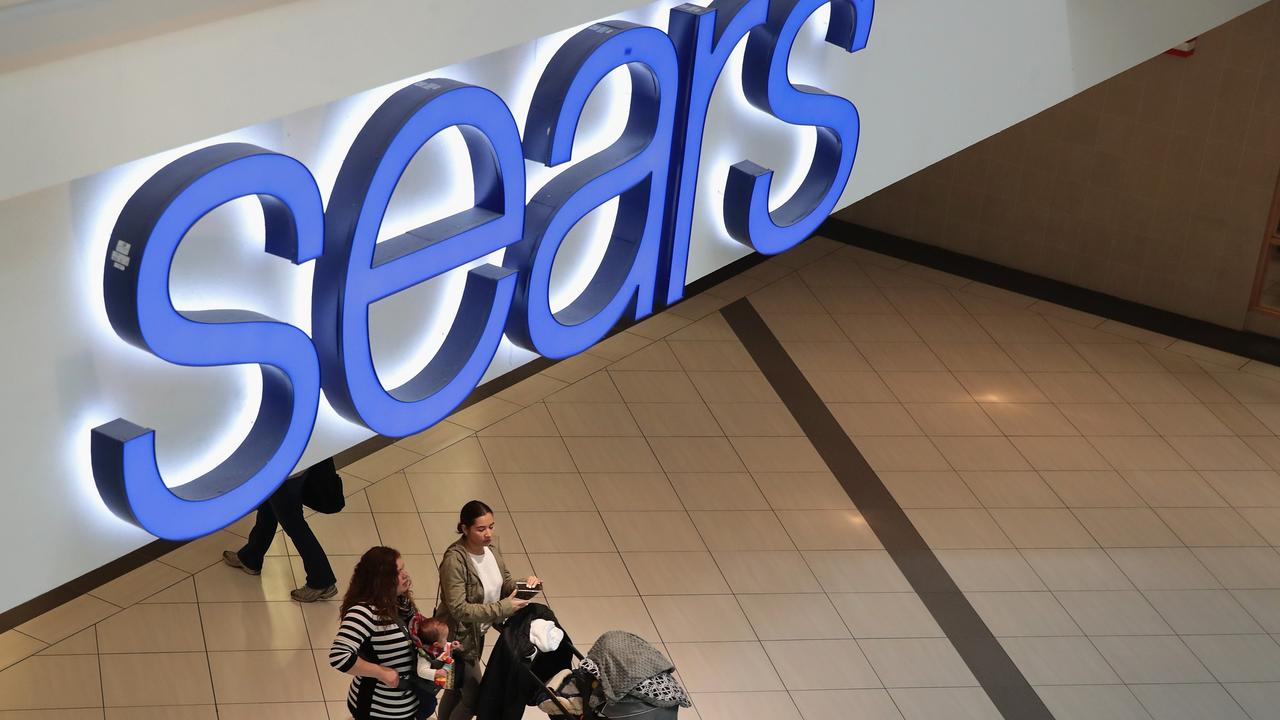
Those that remained were barely looked after. At this Kmart in the Hamptons, the store’s signage had peeled off the wall, leaving bare, tatty space in its wake.
“There was no reason for Kmart to disappear, as they sold what people continue to buy billions of dollars of at Walmart and Target,” said Mr Cohen.
“It’s incompetence, stupidity, and malfeasance.”
Steve, from nearby Sag Harbor, where singer Justin Timberlake recently pleaded guilty to impaired driving, came out of Kmart perturbed. He tried to return some T-shirts that were the wrong size, but no dice, he was told. It was a closing down sale, no refunds.
Told that Australia had its own Kmart that was thriving, Steve shrugged.
“It’s probably well managed and it probably has the stuff you want.
“If our Kmart had stuff I wanted I’d be here all the time too.”






